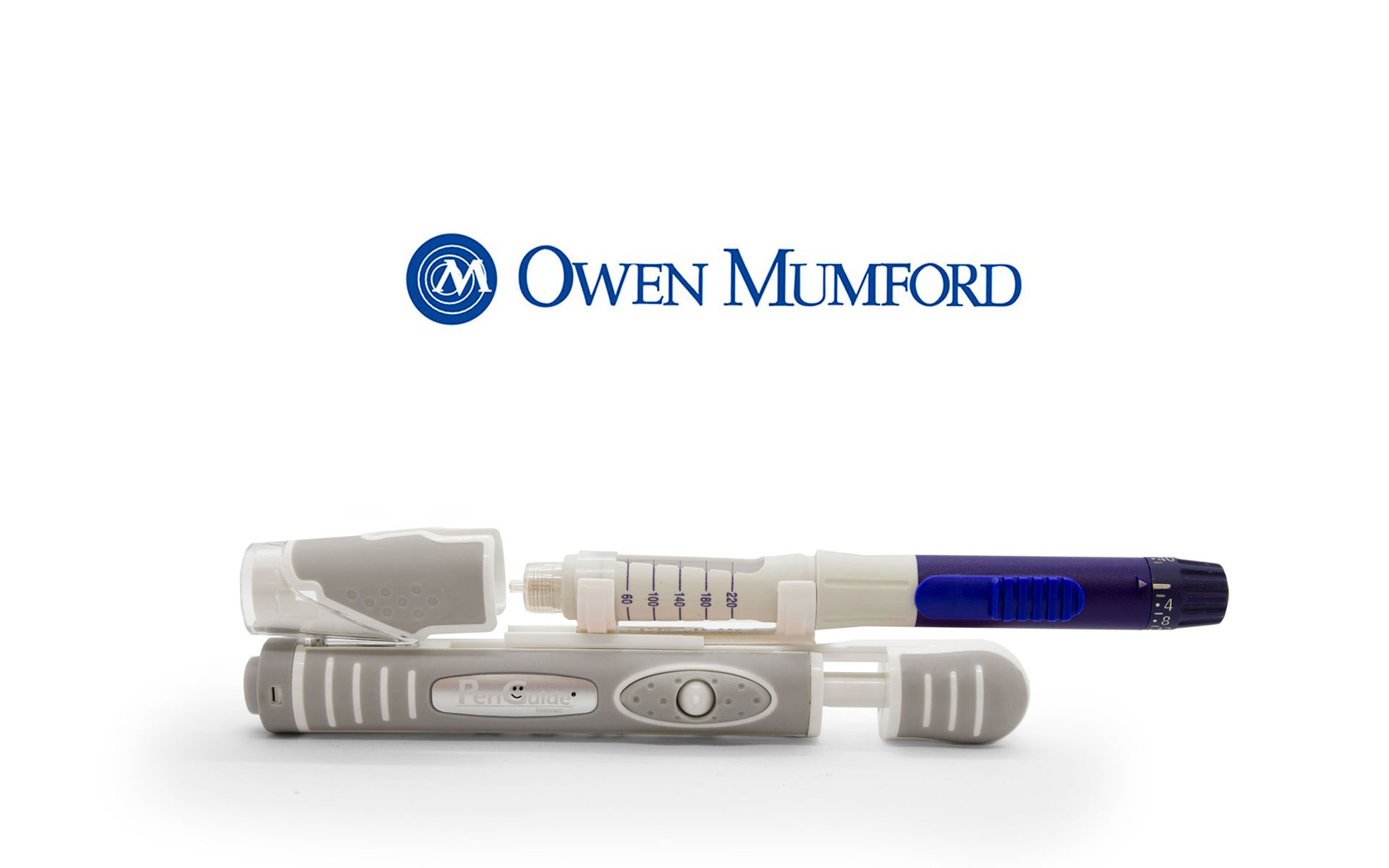Autopen technology has emerged as a crucial tool across multiple industries, delivering unmatched convenience and accuracy in automating signature and handwriting tasks. Whether utilized by government entities or private enterprises, autopen systems have redefined how documents are signed and processed. But what precisely is an autopen, and why has it become so pivotal in our fast-paced era? This article provides an in-depth exploration of autopen, covering its functionality, applications, and benefits.
In today's digital age, the importance of efficient and secure document processing cannot be overstated. Autopen addresses these needs by offering a dependable solution for automating signatures, saving time and resources for organizations. Whether you operate in the legal, healthcare, or corporate sector, gaining insight into autopen technology can significantly enhance your operational efficiency and productivity.
Join us on a journey to uncover the intricacies of autopen technology. From its inception to its current applications, this article aims to provide a thorough understanding of how autopen operates and why it holds immense value in today's business environment. Let's begin!
Read also:Buzz Ball Drink Blue A Comprehensive Guide To The Phenomenal Beverage
Table of Contents
- What is Autopen?
- The Evolution of Autopen
- How Autopen Functions
- Types of Autopen Devices
- Applications of Autopen
- Advantages of Using Autopen
- Limitations and Challenges
- Security Concerns with Autopen
- The Future of Autopen Technology
- Conclusion
What is Autopen?
An autopen, or "automatic pen," is a specialized device designed to replicate human handwriting or signatures with remarkable precision and consistency. By employing mechanical arms and pens, it mimics the motions of a human hand, enabling it to reproduce signatures on documents, letters, or various materials. This technology is extensively used in industries where the bulk signing of documents is necessary, such as government offices, corporate environments, and even by celebrities for autograph signing.
Autopen technology is exceptionally beneficial for individuals or organizations that require signing multiple documents daily. Rather than signing each document manually, an autopen can replicate the signature accurately and swiftly, conserving both time and effort. This capability makes it a vital tool for optimizing administrative tasks and ensuring uniformity in document processing.
While the idea of automating signatures has existed for decades, contemporary autopen devices have advanced significantly. They now feature sophisticated elements like programmable settings, customizable handwriting styles, and enhanced security protocols. These improvements have solidified autopen as an indispensable asset in numerous sectors.
The Evolution of Autopen
The roots of autopen technology trace back to the early 20th century, when the first mechanical signature reproduction devices were developed. Initially rudimentary, these devices depended on basic mechanical arms and pens to mimic handwriting. As technology progressed, so did the capabilities of autopen systems.
Early Innovations
One of the earliest autopen devices was crafted in the 1930s by a company named Autopen Machines. This device was predominantly utilized by politicians and business leaders who needed to sign vast amounts of correspondence. Despite being effective, these early autopens were cumbersome and necessitated manual adjustments to accurately reproduce signatures.
Modern Advancements
Over the years, autopen technology has seen substantial improvements. The advent of computer-controlled systems in the 1980s revolutionized the industry, enabling greater precision and customization. Today's autopen devices come equipped with advanced software that allows users to program multiple signatures, adjust pen pressure, and even emulate natural handwriting variations.
Read also:Tommy Cook A Star Shining Bright In The World Of Acting
As the need for efficient document processing continues to grow, the evolution of autopen technology shows no signs of slowing. Innovations in artificial intelligence and robotics are anticipated to further enhance the capabilities of autopen systems in the future.
How Autopen Functions
An autopen operates by replicating the movements of a human hand to produce a signature or handwriting. It achieves this through a combination of mechanical arms, pens, and software. Below is an overview of the key components and processes involved:
Key Components
- Mechanical Arms: These arms guide the pen across the paper, replicating the exact movements required to generate a signature.
- Pens: Autopens utilize specialized pens that can be adjusted for pressure and ink flow to guarantee consistent results.
- Software: Modern autopens are equipped with advanced software that permits users to program and customize signatures. This software also allows the device to simulate natural handwriting variations.
Process Overview
Using an autopen typically involves the following steps:
- Signature Capture: The user's signature is captured via a digitizing tablet or similar device. This signature is then programmed into the autopen's software.
- Programming: The software enables users to customize the signature by adjusting factors such as pen pressure, speed, and handwriting style.
- Execution: Once programmed, the autopen replicates the signature on the desired document, producing a precise and consistent result every time.
This streamlined process ensures that signatures are reproduced with exceptional precision and efficiency, making autopens an invaluable asset for high-volume document processing.
Types of Autopen Devices
Autopens are available in various forms, each tailored to meet specific requirements and applications. Below are some of the most prevalent types of autopens available today:
Portable Autopens
Portable autopens are compact and lightweight, making them perfect for use on the go. These devices are often battery-powered and can be effortlessly transported, allowing users to sign documents wherever they may be.
Desktop Autopens
Desktop autopens are larger and more robust, designed for use in office environments. These devices are typically connected to a computer and can manage high volumes of document processing with ease.
Industrial Autopens
Industrial autopens are the largest and most powerful type of autopen, designed for heavy-duty applications. These devices are frequently employed in manufacturing or production settings where large volumes of documents need to be signed rapidly and efficiently.
Selecting the appropriate type of autopen depends on the specific needs of the user or organization. Factors such as volume, portability, and budget all influence which type of autopen is best suited for a particular application.
Applications of Autopen
Autopen technology finds application across various industries. Below are some of the most common uses of autopens:
Government and Public Sector
Governments worldwide employ autopens to automate the signing of official documents, such as contracts, agreements, and correspondence. This ensures consistency and efficiency in document processing while minimizing the risk of errors.
Corporate Sector
In the corporate world, autopens are utilized to streamline administrative tasks, such as signing contracts, invoices, and other business documents. This conserves time and resources, enabling employees to focus on more critical tasks.
Celebrity Autographs
Many celebrities and public figures use autopens to sign autographs for fans. This allows them to produce a large number of autographs quickly and efficiently, meeting the demands of their fanbase without compromising on quality.
These examples illustrate how autopen technology is transforming industries and enhancing efficiency in document processing.
Advantages of Using Autopen
There are numerous benefits associated with using autopen technology, applicable to both individuals and organizations. Below are some of the primary advantages:
- Time-Saving: Autopens can replicate signatures much faster than manual signing, conserving valuable time and resources.
- Consistency: Autopens ensure that signatures are reproduced consistently and accurately, eliminating the risk of errors or variations.
- Cost-Effective: By automating the signing process, autopens reduce the need for manual labor, leading to significant cost savings over time.
- Security: Modern autopens incorporate advanced security features to protect against fraud and unauthorized use, ensuring the integrity of signed documents.
These benefits render autopen technology an appealing option for organizations aiming to improve efficiency and reduce costs in document processing.
Limitations and Challenges
While autopen technology offers many advantages, certain limitations and challenges must be considered:
High Initial Cost
Investing in autopen technology can be costly, especially for high-end models with advanced features. This may pose a barrier for smaller organizations or individuals with limited budgets.
Maintenance Requirements
Autopens require regular maintenance to ensure optimal performance. This includes cleaning, calibration, and replacing parts as needed, which can increase the overall cost of ownership.
Perception of Authenticity
Some individuals may question the authenticity of signatures produced by autopens, particularly in legal or official contexts. This emphasizes the necessity of using secure and reputable autopen systems to maintain trust and credibility.
Addressing these limitations and challenges is essential for maximizing the benefits of autopen technology and ensuring its successful implementation.
Security Concerns with Autopen
Security is a critical consideration when utilizing autopen technology, especially in industries where the integrity of signed documents is paramount. Below are some key security considerations to bear in mind:
- Access Control: Ensure that only authorized personnel have access to the autopen system to prevent unauthorized use.
- Data Encryption: Use encryption to safeguard sensitive data, such as signatures, from interception or tampering.
- Regular Updates: Keep the autopen software and firmware updated to address any security vulnerabilities and ensure optimal performance.
By implementing these security measures, organizations can protect their documents and maintain the trust of their clients and stakeholders.
The Future of Autopen Technology
The future of autopen technology looks promising, with ongoing advancements in artificial intelligence, robotics, and automation set to further enhance its capabilities. Below are some potential developments to anticipate:
- AI-Driven Customization: Future autopens may integrate AI to analyze and replicate handwriting styles with greater accuracy and personalization.
- Integration with Blockchain: Combining autopen technology with blockchain could offer enhanced security and transparency in document signing processes.
- Increased Accessibility: Technological advancements may result in more affordable and accessible autopen solutions, making them available to a broader range of users and organizations.
As the demand for efficient and secure document processing continues to rise, the evolution of autopen technology will undoubtedly play a crucial role in fulfilling these needs.
Conclusion
Autopen technology has transformed the way we handle document signing and processing, providing unparalleled convenience and precision in automating signatures. From its origins in the early 20th century to its modern applications across various industries, autopen has proven to be an indispensable tool for enhancing efficiency and productivity.
As we look ahead, ongoing technological advancements promise to further enhance the capabilities of autopen systems, making them even more powerful and accessible. By comprehending the benefits, limitations, and security considerations of autopen technology, organizations can make informed decisions about its implementation and maximize its potential.
We encourage you to share your thoughts and experiences with autopen technology in the comments below. Have you used an autopen before? What are your thoughts on its prospects for the future? Feel free to explore our other articles for additional insights into the world of technology and innovation.


